Home>Others>Specialized Home Improvement Topics>How To Cover Car Windows For Sleeping
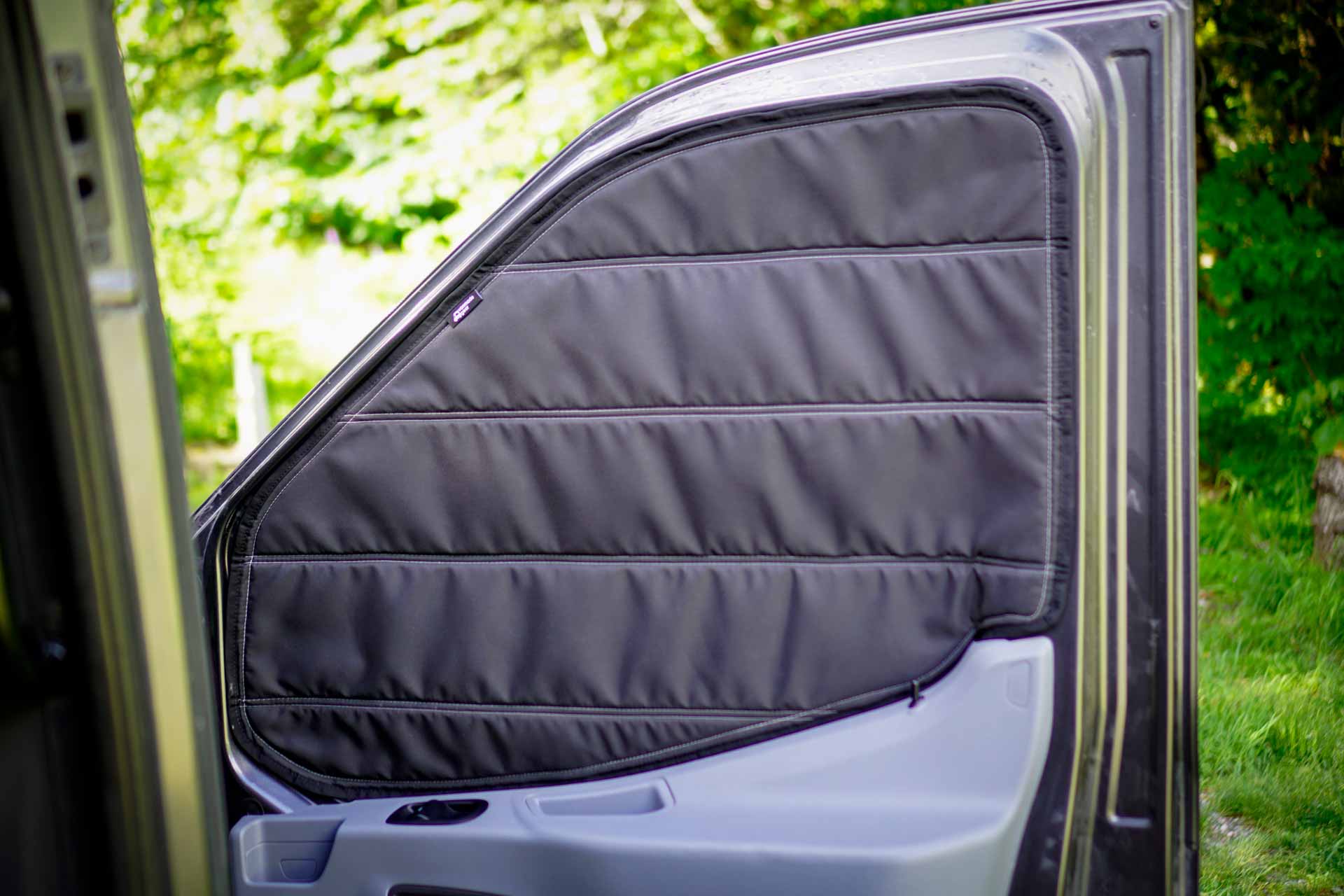

Specialized Home Improvement Topics
How To Cover Car Windows For Sleeping
Published: January 8, 2024
Learn effective ways to cover car windows for sleeping with our specialized home improvement tips. Get expert advice on creating a comfortable and private sleeping space in your vehicle.
(Many of the links in this article redirect to a specific reviewed product. Your purchase of these products through affiliate links helps to generate commission for Storables.com, at no extra cost. Learn more)
Introduction
For individuals who enjoy embarking on road trips or camping adventures, sleeping in a car can be a convenient and cost-effective option. However, ensuring a comfortable and private sleeping environment is essential for a restful experience. One effective way to achieve this is by covering the car windows. Not only does this provide privacy, but it also helps to block out light and maintain a comfortable temperature inside the vehicle. In this comprehensive guide, we will explore the benefits of covering car windows for sleeping, the materials needed, and the step-by-step process to successfully accomplish this task. Additionally, we will share valuable tips to enhance your sleeping experience in a car, allowing you to make the most of your outdoor adventures while ensuring a good night’s sleep.
Key Takeaways:
- Covering car windows for sleeping provides privacy, blocks light, regulates temperature, enhances security, and minimizes disturbances, ensuring a restful and comfortable sleeping environment during outdoor adventures.
- To cover car windows for sleeping, gather materials, clean the windows, measure and cut fabric, attach it securely, and reinforce the attachment. Additionally, consider choosing a level parking spot and utilizing supportive bedding for an optimal sleeping experience.
Read more: How Can I Cover My Car Windows For Privacy
Benefits of Covering Car Windows for Sleeping
When it comes to sleeping in a car, covering the windows offers a multitude of benefits that contribute to a more comfortable and restful experience. Here are some of the key advantages:
- Privacy: Covering the windows provides a sense of privacy, allowing you to sleep without feeling exposed to the outside world. Whether you are parked in a campground, a rest area, or a residential neighborhood, having the windows covered creates a personal space within the confines of your vehicle.
- Light Blockage: By using window coverings, you can effectively block out unwanted light from street lamps, passing vehicles, or the early morning sun. This is particularly beneficial for individuals who are sensitive to light and need a dark environment to achieve quality sleep.
- Temperature Regulation: Covering the windows can help to insulate the car, keeping it cooler in hot weather and warmer in chilly conditions. This is especially advantageous when camping in varying climates, as it contributes to a more comfortable sleeping environment.
- Security: Window coverings can serve as a deterrent to potential intruders, as they obscure the view of the interior of the car. This added layer of security can provide peace of mind, especially when sleeping in unfamiliar or isolated locations.
- No Disturbances: By blocking the view into the car, window coverings can minimize disturbances from passing pedestrians or other campers, allowing for uninterrupted rest.
Overall, covering the car windows while sleeping not only enhances privacy and security but also contributes to a more conducive sleeping environment, enabling you to wake up feeling refreshed and ready to embark on your next adventure.
Materials Needed
Before embarking on the process of covering your car windows for sleeping, it’s essential to gather the necessary materials. Here’s a list of items you’ll need to complete this task:
- Measuring Tape: A measuring tape will be essential for accurately determining the dimensions of the windows you plan to cover.
- Fabric or Material: Choose a suitable fabric or material for the window coverings. Consider using blackout fabric, insulated window panels, or even reflective car sunshades. These options effectively block light and provide insulation, contributing to a more comfortable sleeping environment.
- Scissors or Fabric Cutter: To cut the fabric to the required size, a pair of sharp scissors or a fabric cutter will be necessary.
- Adhesive Fasteners or Velcro Strips: These will be used to attach the fabric to the windows. Adhesive fasteners or Velcro strips provide a secure attachment while allowing for easy removal when not needed.
- Cleaning Supplies: Before attaching the window coverings, ensure that the windows are clean. Have glass cleaner and a microfiber cloth on hand to thoroughly clean the window surfaces.
- Optional: Suction Cups or Magnetic Hooks: Depending on the chosen method of attachment, suction cups or magnetic hooks may be required to secure the window coverings in place.
By gathering these materials in advance, you’ll be well-prepared to proceed with the process of covering your car windows for sleeping, ensuring a comfortable and private sleeping space during your outdoor adventures.
Step 1: Clean the Windows
Prior to attaching window coverings for sleeping in your car, it’s crucial to start with clean windows. This ensures a smooth and secure attachment, preventing any dirt or residue from interfering with the adhesion of the fabric or material. Follow these steps to effectively clean the windows:
- Gather Cleaning Supplies: Prepare glass cleaner and a microfiber cloth to remove any dirt, grime, or streaks from the windows.
- Begin with the Interior: Start by cleaning the interior side of the windows. Roll down the windows slightly to access the top edge, which is often overlooked during regular cleaning.
- Apply Glass Cleaner: Spray the glass cleaner directly onto the microfiber cloth to avoid overspray on the vehicle’s interior surfaces. Wipe the windows in a circular motion to effectively remove any buildup or residue.
- Focus on the Edges: Pay close attention to the edges of the windows, as these areas tend to accumulate dirt and grime. Thoroughly clean along the edges to ensure a pristine surface for attaching the window coverings.
- Repeat for the Exterior: Once the interior side is cleaned, proceed to clean the exterior of the windows using the same method. This comprehensive approach ensures that both sides of the windows are free from any obstructions that could hinder the attachment of the coverings.
- Allow the Windows to Dry: After cleaning, allow the windows to air dry or use a clean, dry microfiber cloth to remove any remaining moisture. It’s important to ensure that the windows are completely dry before proceeding to attach the window coverings.
By thoroughly cleaning the windows before attaching the coverings, you’ll create an optimal surface for secure adhesion, allowing the window coverings to remain in place throughout the duration of your sleep. This initial step sets the foundation for a successful and comfortable sleeping environment within your car.
Step 2: Measure and Cut the Fabric
Accurately measuring and cutting the fabric for your car window coverings is crucial to achieving a proper fit and effective light blockage. Follow these steps to ensure precision in this process:
- Measure the Windows: Utilize a measuring tape to determine the dimensions of each window you intend to cover. Measure both the height and width, ensuring that your measurements are precise.
- Add Allowance for Overlap: When measuring the fabric, add a small allowance for overlap around the edges of the windows. This additional fabric will help ensure complete coverage and light blockage.
- Transfer Measurements to the Fabric: Lay out the chosen fabric on a flat surface, and using a fabric marker or chalk, transfer the measurements onto the fabric. Use a straight edge to create precise lines for cutting.
- Cut the Fabric: Using sharp scissors or a fabric cutter, carefully cut along the marked lines to create individual fabric panels for each window. Take your time to maintain straight, clean cuts for a professional-looking finish.
- Repeat for Each Window: If covering multiple windows, repeat the measuring and cutting process for each window, ensuring that the fabric panels are accurately sized for each specific window.
By meticulously measuring and cutting the fabric to fit your car windows, you’ll create custom coverings that effectively block out light and provide the desired level of privacy. This tailored approach ensures that the window coverings seamlessly integrate with your vehicle, enhancing the overall sleeping experience.
Consider using reflective sunshades or blackout curtains to cover your car windows for sleeping. These can help block out light and provide privacy while you rest.
Read more: How To Lubricate Car Windows
Step 3: Attach the Fabric to the Windows
Once the fabric panels are accurately cut to fit your car windows, it’s time to attach them securely. The method of attachment will depend on the type of fabric or material chosen for the window coverings. Here are the general steps for attaching the fabric to the windows:
- Clean the Window Edges: Before attaching the fabric, ensure that the edges of the windows are clean and free from any debris or residue. This will promote a secure and long-lasting attachment.
- Apply Adhesive Fasteners or Velcro Strips: Depending on the chosen method, apply adhesive fasteners or Velcro strips along the edges of the windows. Ensure that the fasteners are evenly spaced and firmly adhered to the window surfaces.
- Position the Fabric: Carefully position the fabric panels over the windows, ensuring that they align with the edges and any overlapping allowance is distributed evenly on all sides.
- Press Firmly: Press the fabric against the adhesive fasteners or Velcro strips, ensuring a secure attachment. Smooth out any wrinkles or creases for a neat and uniform appearance.
- Ensure a Snug Fit: Verify that the fabric is snugly attached to the windows, with no gaps or loose areas that could compromise the effectiveness of the coverings.
It’s important to note that the attachment method should allow for easy removal and reattachment as needed. Whether using adhesive fasteners, Velcro strips, suction cups, or magnetic hooks, the goal is to secure the fabric panels while maintaining the integrity of the car windows.
By following these steps, you can effectively attach the fabric to the windows, creating a private and comfortable sleeping space within your car while enjoying the great outdoors.
Step 4: Secure the Fabric in Place
After attaching the fabric to the windows, it’s essential to ensure that it remains securely in place throughout your sleeping duration. This step focuses on reinforcing the attachment and making any necessary adjustments for a snug and reliable fit. Here are the key considerations for securing the fabric in place:
- Reinforce the Attachment: Once the fabric is in position, reinforce the attachment by pressing along the edges and corners to ensure a strong bond with the adhesive fasteners or Velcro strips.
- Check for Gaps: Inspect the edges of the fabric panels to ensure that there are no gaps or areas where the fabric is lifting away from the windows. Address any gaps by pressing the fabric firmly against the attachment points.
- Smooth Out Wrinkles: Smooth out any wrinkles or creases in the fabric to achieve a uniform and taut appearance. This not only enhances the aesthetics but also contributes to effective light blockage.
- Test the Security: Gently tug on the fabric panels to test their security. Ensure that they remain firmly in place and make any adjustments as needed to prevent shifting during sleep.
- Verify Visibility: From both the interior and exterior of the car, verify that the fabric panels do not obstruct visibility or pose any safety concerns. The attachment should maintain privacy without compromising visibility while driving.
By meticulously securing the fabric in place, you can enjoy a private and comfortable sleeping environment within your car, free from light disturbances and prying eyes. This final step ensures that the window coverings remain effective throughout your sleep, allowing you to wake up refreshed and ready for your next adventure.
Additional Tips for Sleeping in Your Car
While covering the car windows is a key aspect of ensuring a comfortable sleeping experience, there are additional tips and considerations to enhance your rest while spending the night in your vehicle. Here are valuable insights to optimize your car sleeping arrangements:
- Choose a Level Parking Spot: When parking for the night, select a level area to ensure a more comfortable sleeping position and prevent any discomfort caused by a sloping surface.
- Utilize Supportive Bedding: Invest in supportive bedding such as foam mattress toppers or inflatable sleeping pads to cushion the sleeping area and promote better rest.
- Consider Window Ventilation: If weather conditions allow, crack open a window slightly to facilitate airflow and prevent the interior of the car from becoming stuffy during sleep.
- Use Window Sunshades: In addition to fabric coverings, consider using window sunshades to further block out light and maintain a cooler interior temperature during sunny days.
- Secure Personal Belongings: Prior to sleeping, secure any valuable belongings out of sight and ensure that the car is locked for added security and peace of mind.
- Stay Hydrated and Snack Smart: Keep water and healthy snacks within reach to stay hydrated and satiated throughout the night, promoting overall comfort and well-being.
- Respect Local Regulations: Be mindful of local regulations and guidelines regarding overnight parking, ensuring that you are in compliance with any applicable laws or restrictions.
- Plan Rest Stops: If embarking on a road trip, plan designated rest stops for overnight stays, allowing for adequate rest and rejuvenation during your journey.
By incorporating these additional tips into your car sleeping routine, you can elevate the overall comfort and convenience of your outdoor adventures. Whether on a camping excursion or a road trip, optimizing your car sleeping arrangements contributes to a more enjoyable and restful experience.
Conclusion
Creating a comfortable and private sleeping space within your car is a valuable skill for outdoor enthusiasts and road trip aficionados. By covering the car windows for sleeping, you can enjoy enhanced privacy, light blockage, and temperature regulation, contributing to a restful and rejuvenating experience. This comprehensive guide has provided insights into the benefits of window coverings, the materials needed, and a step-by-step process for achieving optimal results.
From cleaning the windows and measuring the fabric to securely attaching and reinforcing the coverings, each step is essential in creating a conducive sleeping environment within your vehicle. Additionally, the inclusion of valuable tips for car sleeping further enriches the overall experience, allowing you to make the most of your outdoor adventures while ensuring a good night’s sleep.
Whether you’re camping in remote locations, embarking on a cross-country road trip, or simply seeking a convenient overnight rest stop, the ability to comfortably sleep in your car expands your possibilities for exploration and adventure. By implementing the techniques and tips outlined in this guide, you can elevate your car sleeping arrangements, ensuring that each journey is accompanied by a restful and rejuvenating night’s sleep.
With the knowledge and practical insights gained from this guide, you are well-equipped to create a personalized and comfortable sleeping space within your car, enhancing your outdoor experiences and road trips with the assurance of a peaceful night’s rest.
Frequently Asked Questions about How To Cover Car Windows For Sleeping
Was this page helpful?
At Storables.com, we guarantee accurate and reliable information. Our content, validated by Expert Board Contributors, is crafted following stringent Editorial Policies. We're committed to providing you with well-researched, expert-backed insights for all your informational needs.
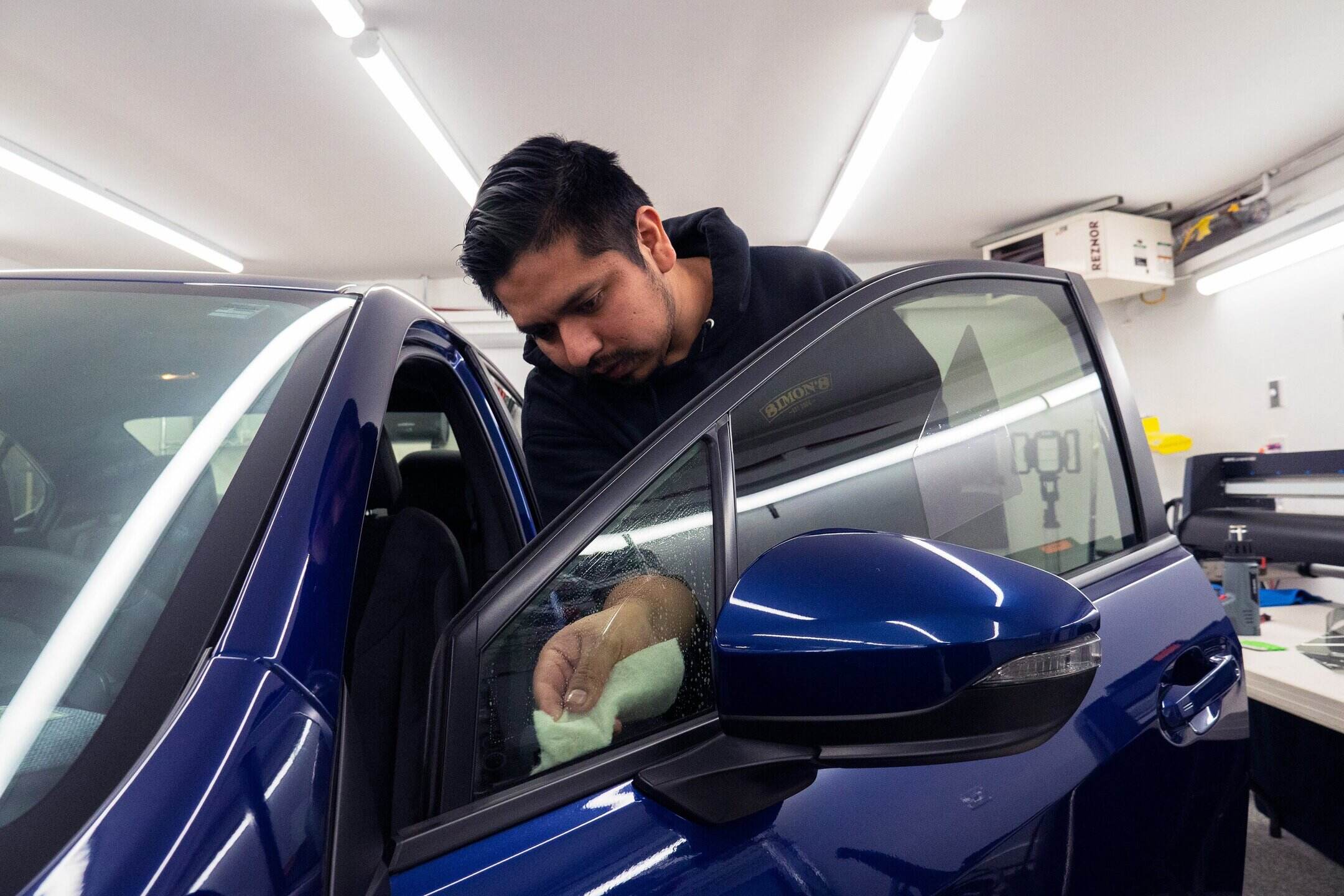

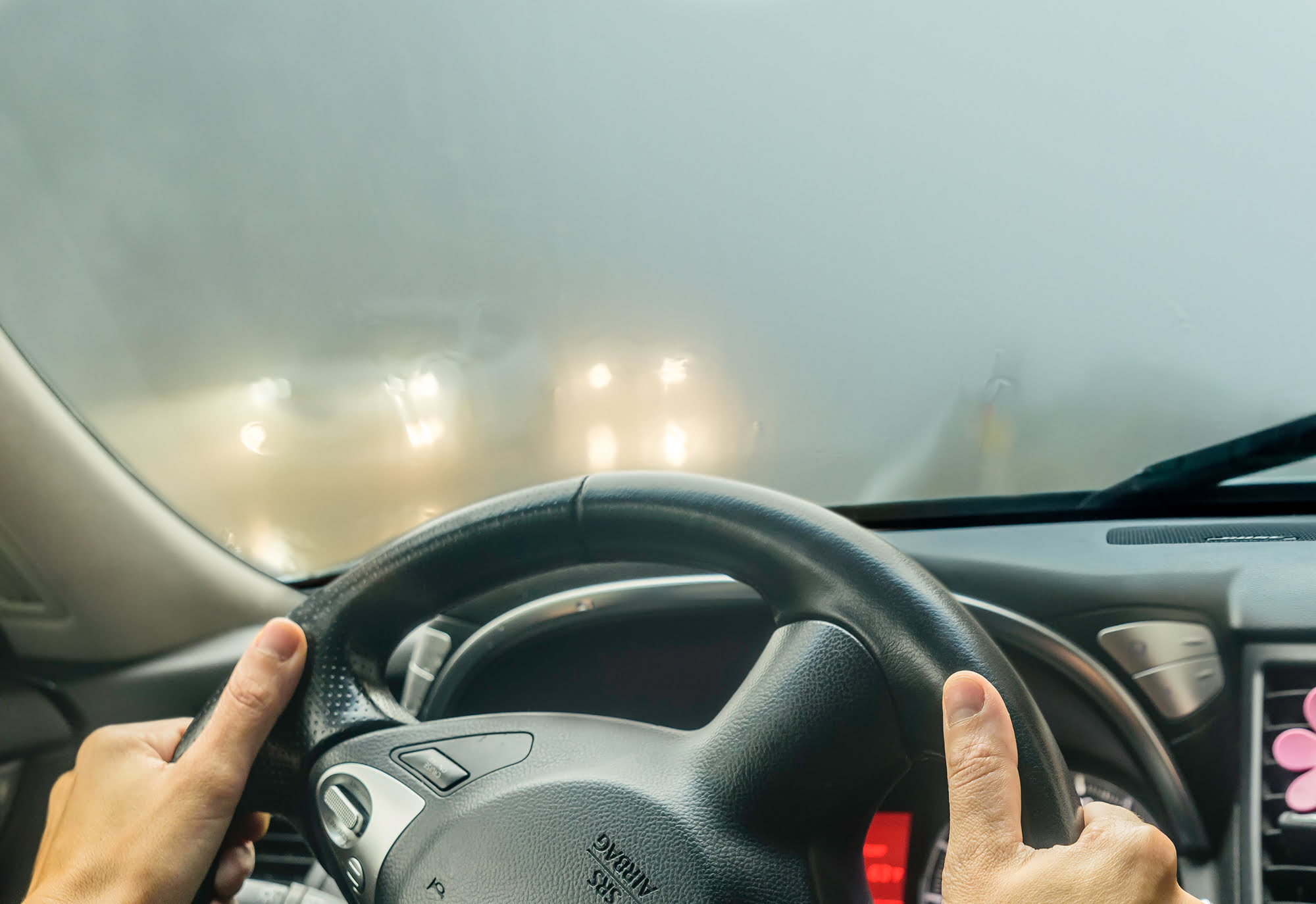

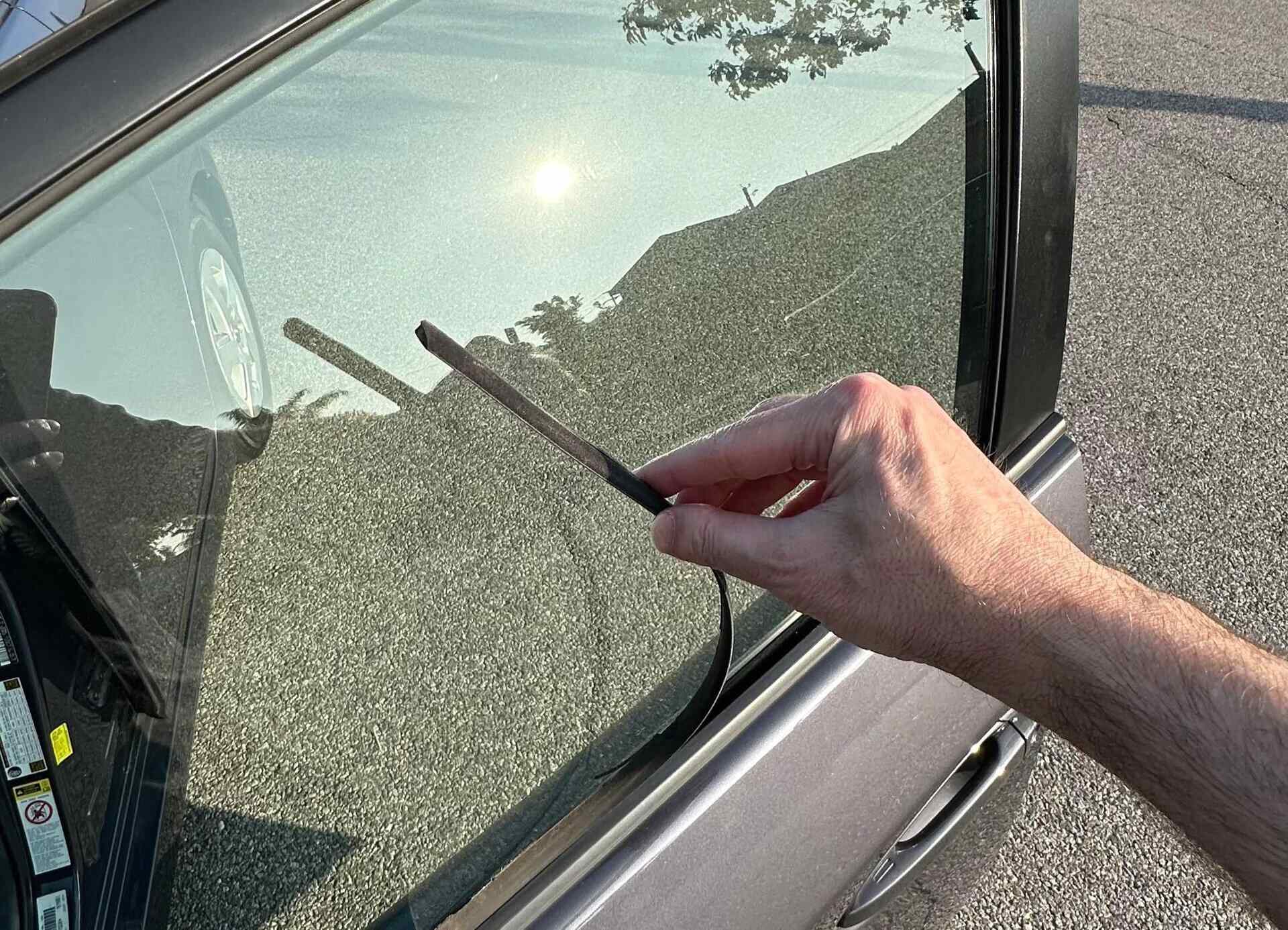

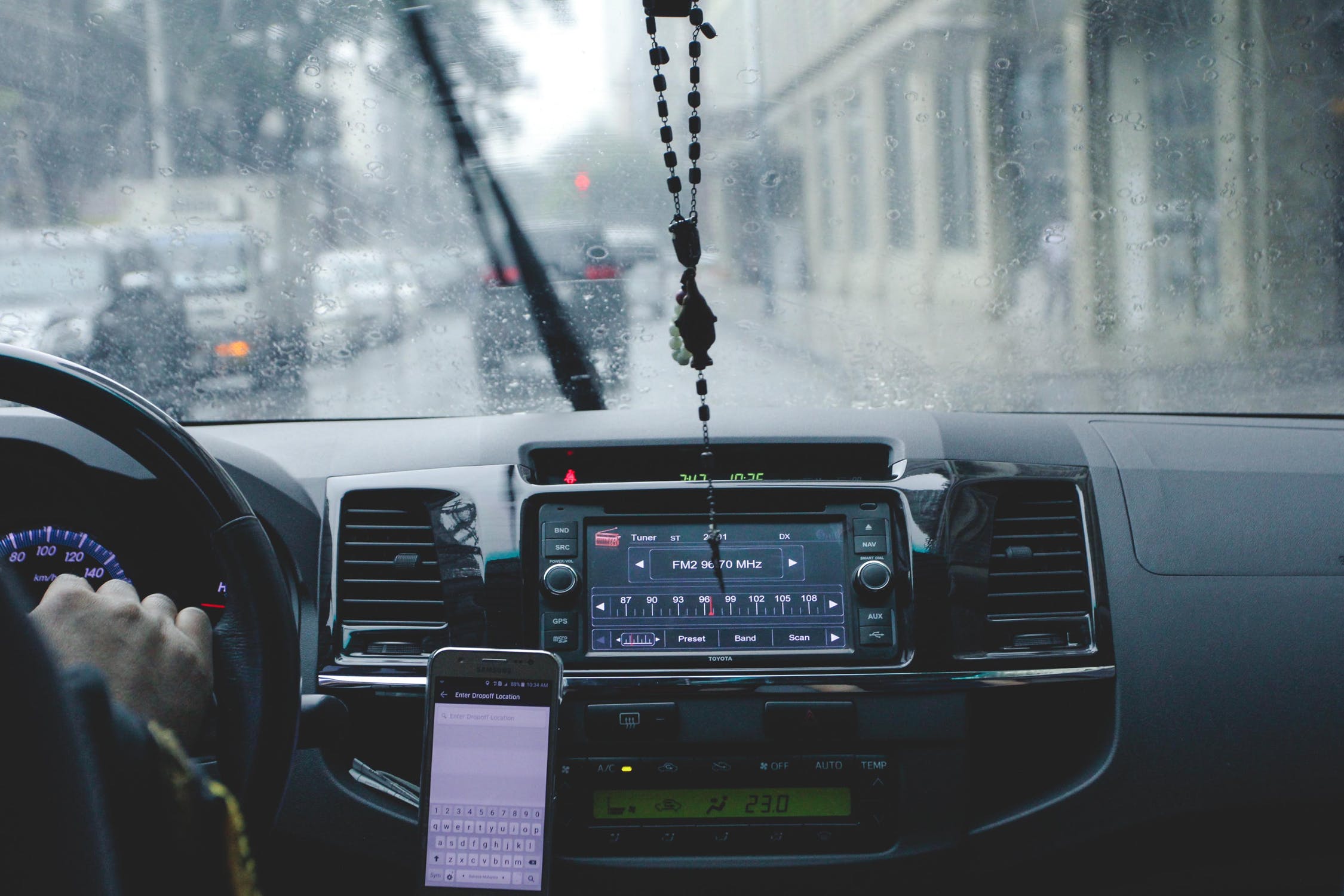
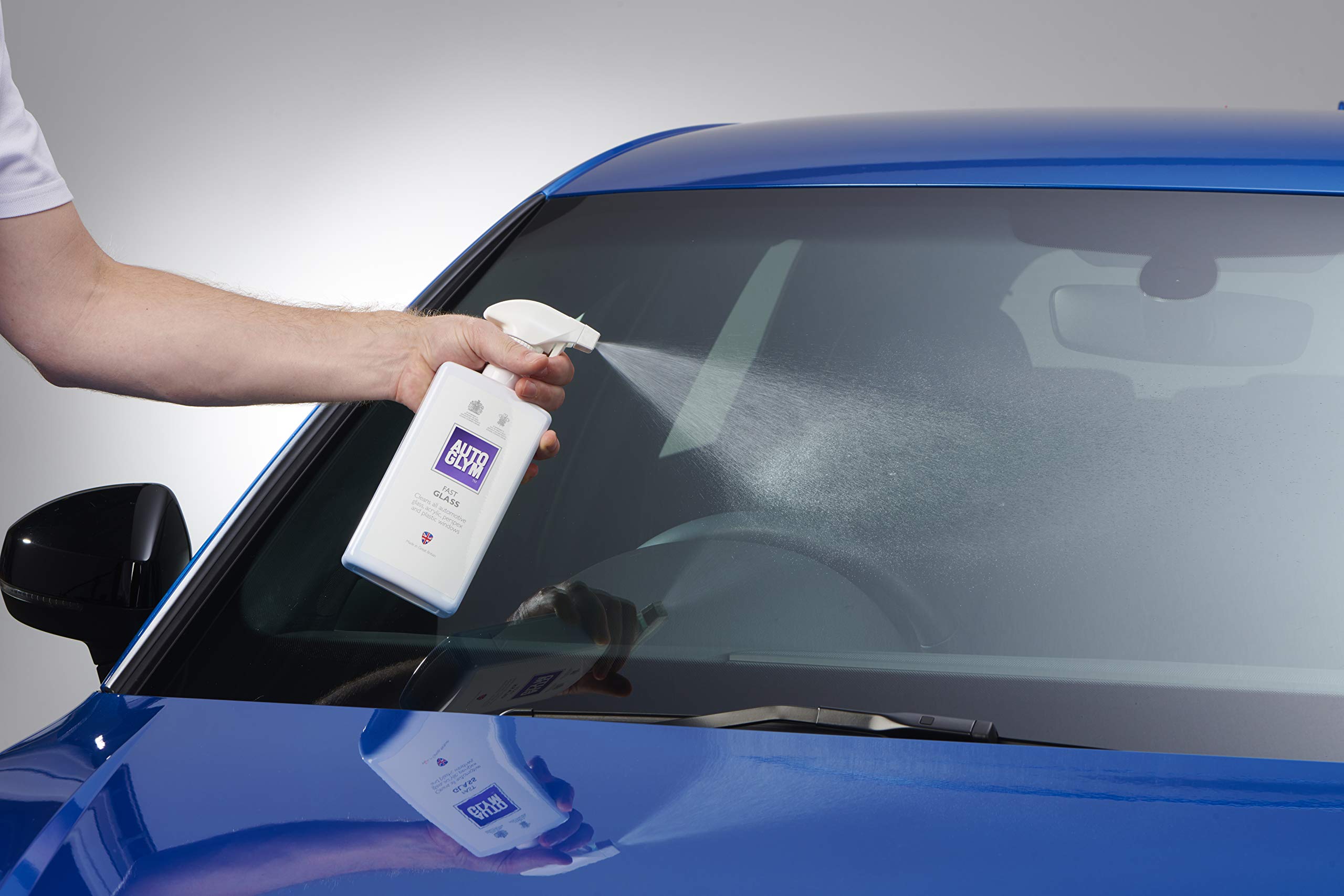
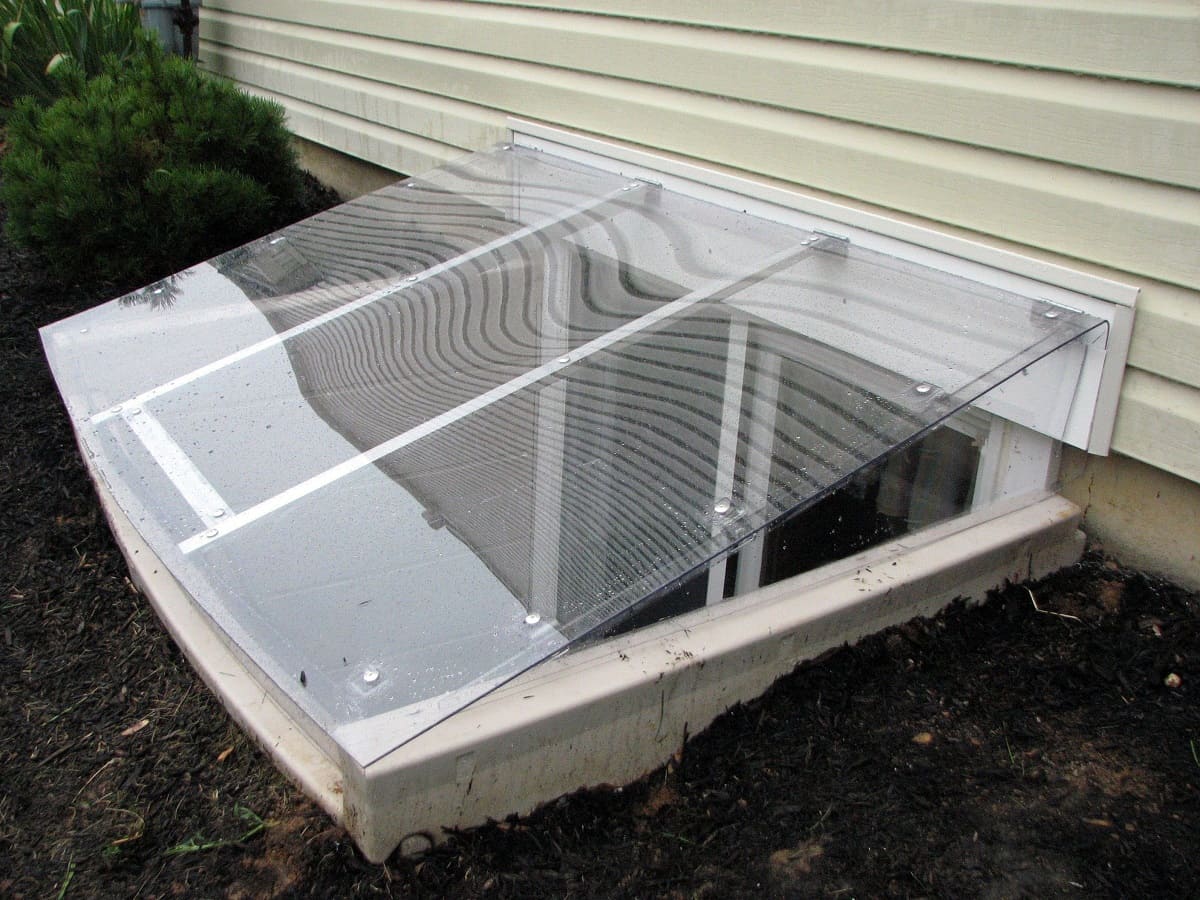
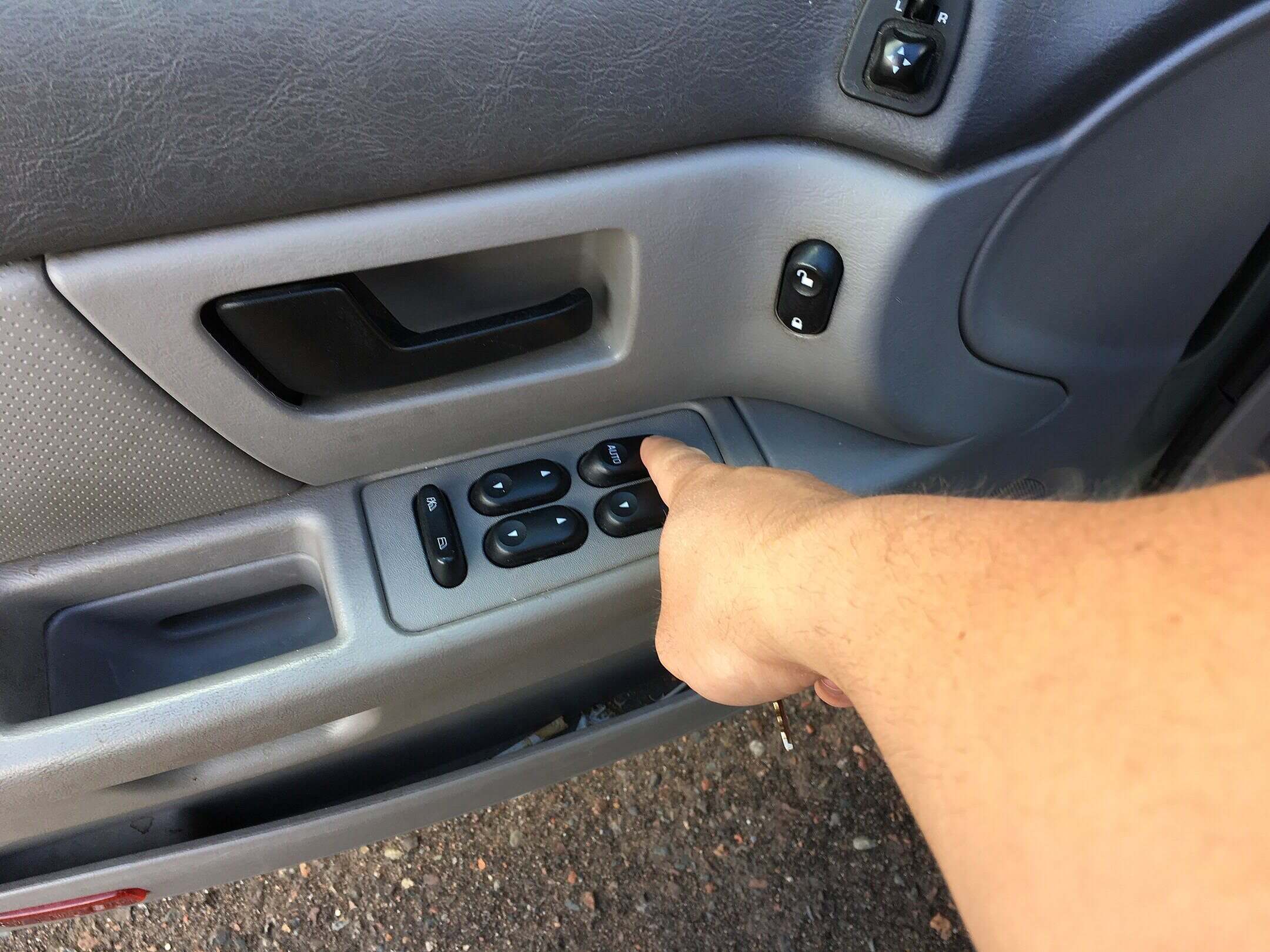
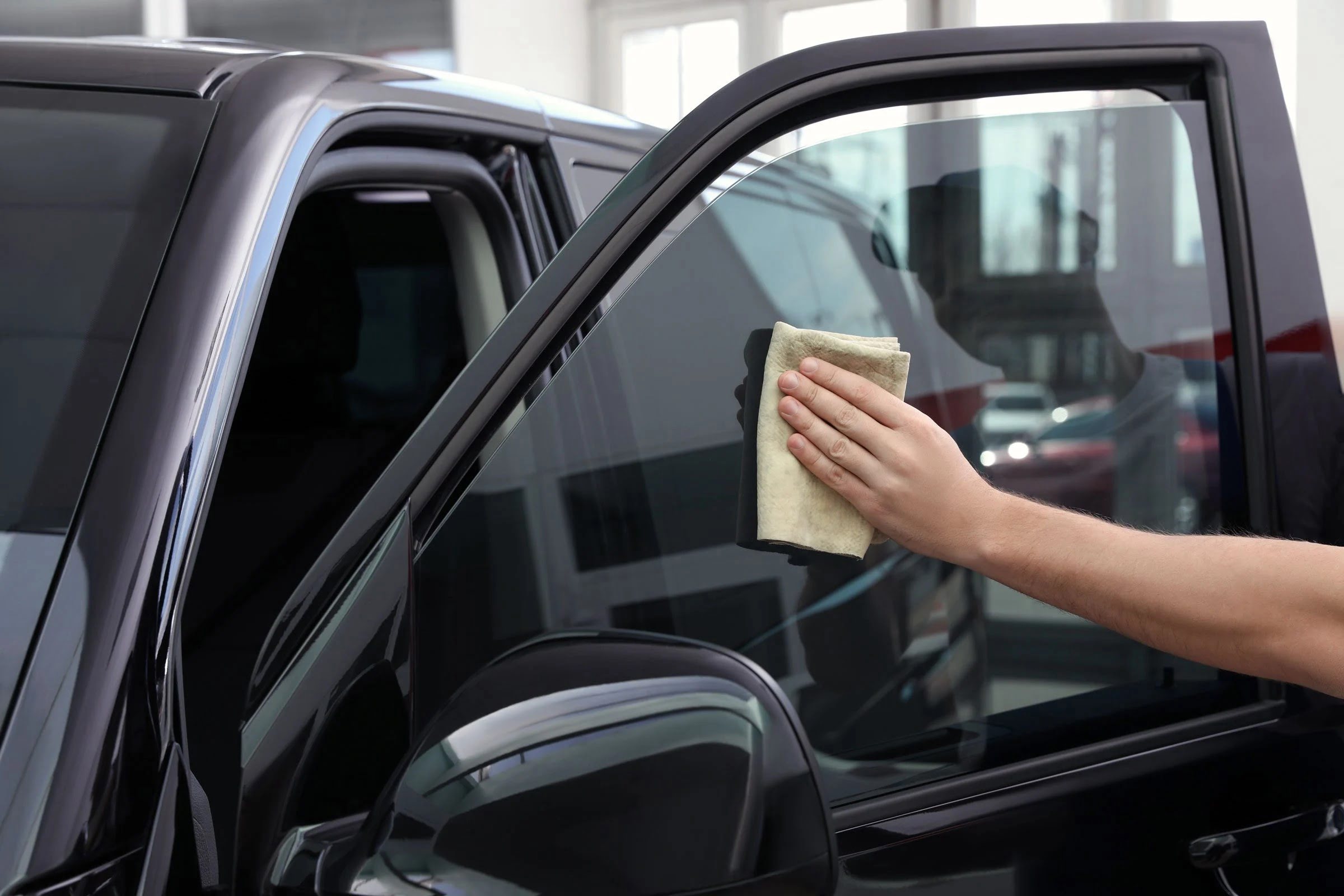

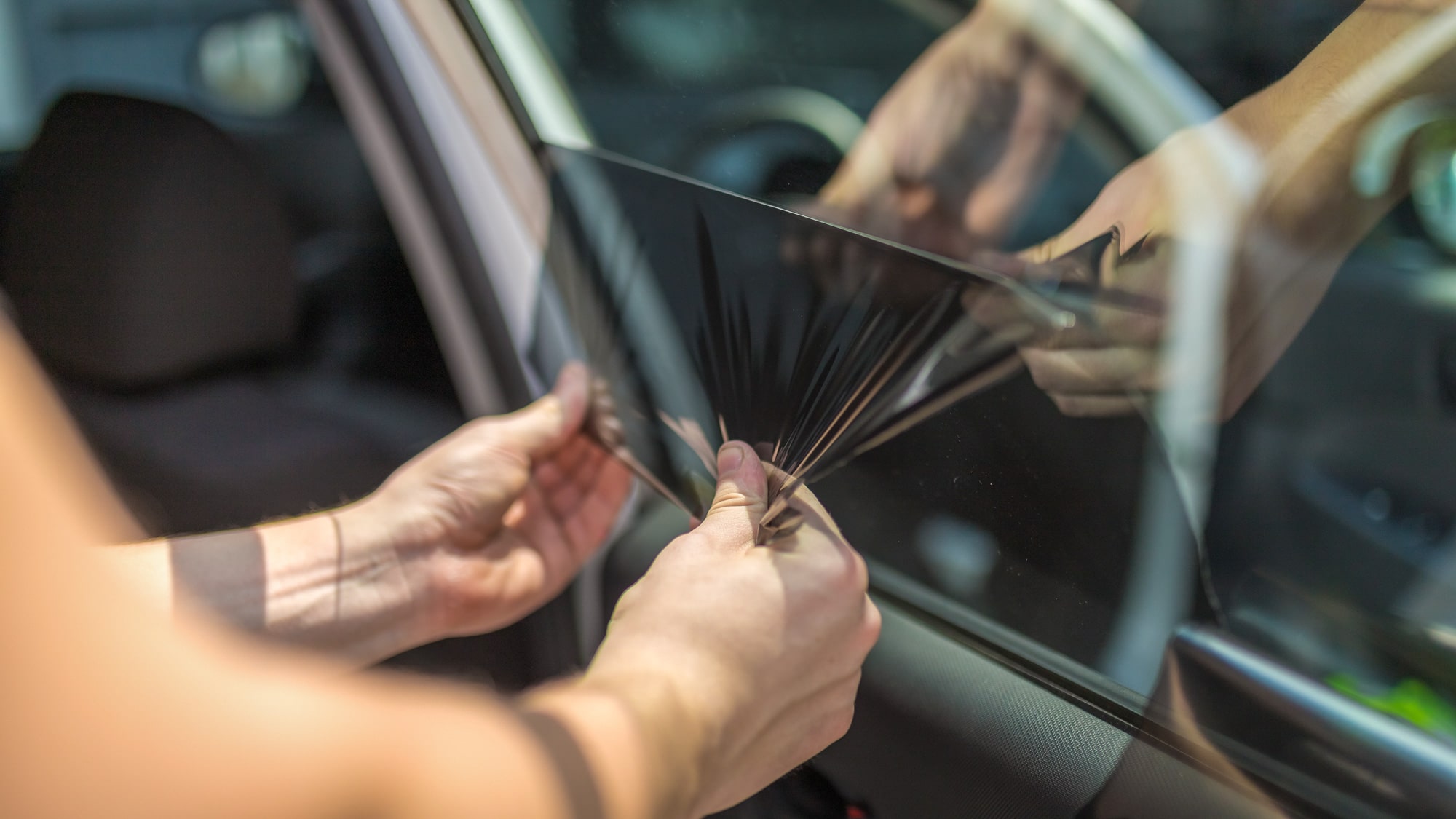


0 thoughts on “How To Cover Car Windows For Sleeping”